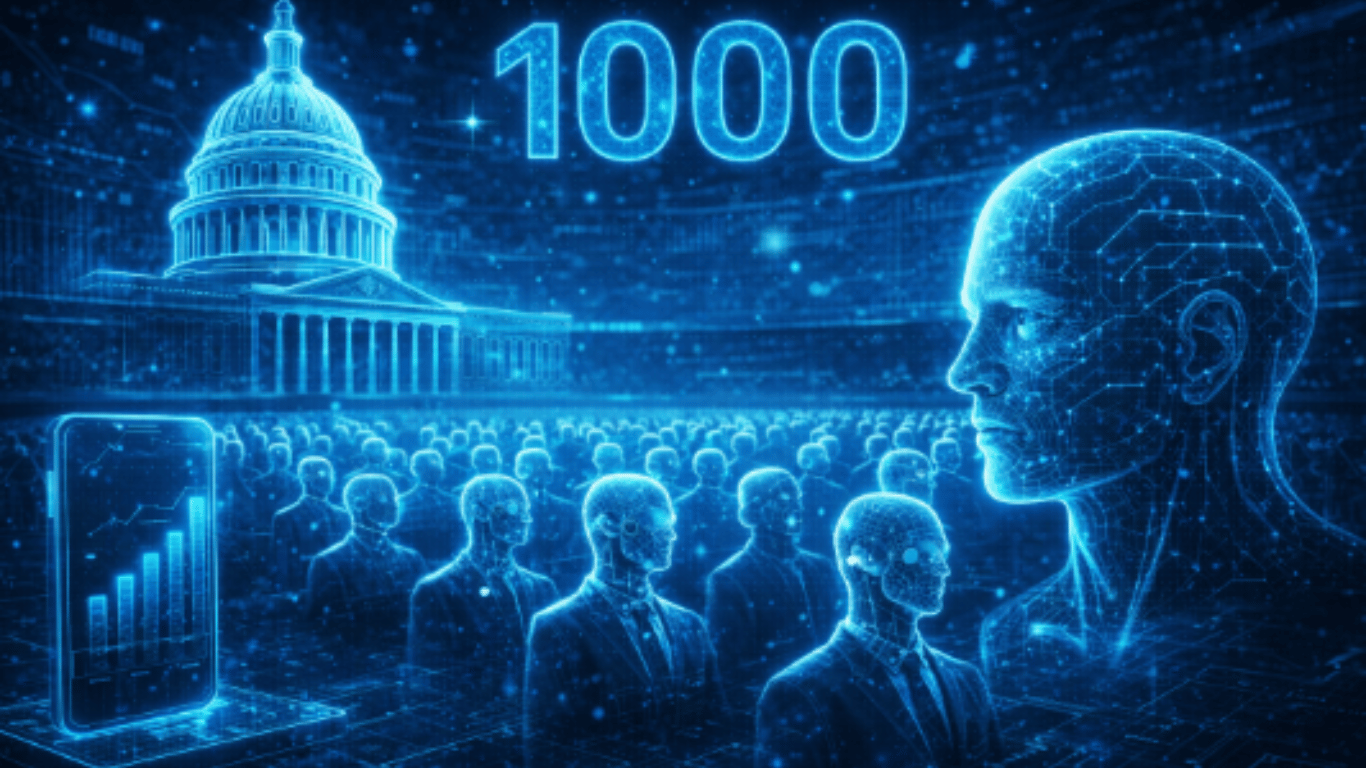Say hello to the yottabyte, which represents 1024 bytes, or the amount of data that would fit on DVDs stacked from Earth to Mars. By the 2030s, the world is expected to generate a yottabyte of data per year.
What good is this vast ocean of data, though, unless it can be expediently accessed, analyzed and used to inform current and future decisions? That question has prompted a growing conversation around the value of “democratizing data” or making data more accessible to all parts of an organization. When data is democratized, it can be used to understand the health of the business, predict outcomes and develop strategies to reduce operational expenses and drive greater profit. Part of "democratization" is not just getting access to the data but allowing people of varying technical backgrounds to be able to use that data to inform business decisions.
Fintech companies and their clients, such as billers, are especially ripe to participate in the democratization movement because of the vast amount of payment data available – if that data can be made accessible to all stakeholders in the billing organization. In this article, we’ll discuss the major data democratization barriers – data silos and IT gatekeepers – and how gaining access to this data can transform payments for billers and their customers.
Silos and the IT Gatekeeper
For the last 50 years, data has been controlled largely by IT technicians and analysts who have specialized knowledge and training. Payments data, in particular, is typically locked in payments platforms, from which the providers’ engineering teams compile standard reports for their clients quarterly and create custom reports upon request.
Payments data shouldn’t be locked in the hands of a few. There are billions of data points that live within payment platforms. This payment data is essentially the way customers communicate with their lending institutions each month. When billers can access and apply that data in new and innovative ways, it can be used to help everyone in their organization make better-informed decisions and drive operational improvements.
Democratizing data opens a treasure trove of actionable insights that can be applied in new and innovative ways. Here are three ways billers can put those insights to use to boost operational efficiency and empower decision-making:
-
Identify and improve areas of weakness and direct priorities accordingly
Having payment data and statistics in front of you is one thing, but that often leads to more questions than answers. Are those numbers good? Bad? Should you take action? And if so, where?
When your payments provider enables you to measure and benchmark your payments and customer data against aggregate industry data, you can track payment and consumer trends as they unfold in various markets and locations and predict the impact on your business.
Benchmark data reveal outliers – areas where you’re noticeably above or below average – and help you gain a sense of where the industry is moving.
For example, you can examine rates of declined payments and chargebacks and then determine what can be done to bring your numbers in line with, or above, the industry average. You can also study aggregated engagement communications, asking, “What are typical clickthrough rates for SMS versus email, and how quickly does that lead to a payment for our business compared to the industry as a whole?” You may notice places where you could shift business rules or parameters, introduce new payment types or move engagement messaging to another day or time of day to drive more on-time payments.
Benchmark data also helps you identify emerging payment trends so you can adapt quickly to address problems or meet new demands. You might notice a particular payment type gaining traction or auto-payment lagging in a specific demographic. When you can see your data at a granular level, stacked against industry averages, you can react and adapt, set realistic KPIs, and focus on process improvements that drive real operational efficiencies.
-
Predict what’s ahead to enable better planning
Limiting data analysis to internal sources, and even industry-wide sources, can leave gaps in understanding. That’s why many companies are incorporating external data into their analyses; they are seeking a wider lens to understand how what’s taking place in the “outside world” can impact payment behavior today and in the future.
As more payment platform providers delve into data democratization, it could open opportunities to stream payment data to the biller's ecosystem. When combined with other data points such as credit scores, the consumer price index, or census information, it can help your payments provider determine the risk profile of an individual or demographic group, which helps you better predict payment patterns, target engagement communications, and automate business rules known to encourage on-time payments.
Economic data from government sources can reveal areas where increasing unemployment or falling GDP could impact the financial fortitude of a large group of customers. Even weather forecast data can be useful. For instance, Hurricane Ian wreaked havoc on the entire Florida state economy as businesses closed, residents fled, and consumers poured money into preparing for and recovering from the storm, leaving them with far less capacity to pay bills.
When you have data readily available to make fact-based predictions, you can prepare your business for payment impacts ahead of the curve. You can also work with your payments provider to automate outreach to payers proactively before missed payments create a larger, more expensive problem. You may be able to offer solutions like splitting payments, changing payment due dates to coincide with payday, or sending more frequent payment reminders.
-
Automate decision-making to address fraud and other problems
The payments industry generates an enormous amount of data that can be useful for flagging potential problems—but only if billers have a way to analyze that data in real time, predict outcomes and automate responses. Your payments provider should be able to leverage artificial intelligence (AI) and machine learning (ML) to accomplish those goals, making it possible to cost-effectively and reliably detect and predict fraudulent activity, late payment, ACH returns, and more, and initiate fixes proactively through automated business rules.
ML and AI are linked together in the same ecosystem—AI systems are built using ML, as well as other techniques. With ML, machines learn from datasets rather than having to be programmed. They can classify data, recognize patterns and create predictive models. AI programs leverage these capabilities to perform complex tasks, emulating human capabilities and actions. Chatbots, smart assistants such as Amazon Alexa, and self-driving cars are all applications of AI.
An example of an ML model in the payments sector that is designed to achieve AI is identifying a pattern of high chargebacks for a certain group of customers and automatically applying a business rule to remove cards as a payment option once a customer initiates their third chargeback within a six-month period. ML makes this response immediate, specific, and automatic, removing any need for manual input or decision-making.
AI can also help improve the customer experience and reduce operating expenses. For example, an ML model can be behind such an application of AI to identify and direct customers with reliable payment histories to self-service payment options using IVR, chatbot or texting capabilities combined with personalized payment links. It can also send those customers special engagement messages to encourage auto-pay sign-up, including personalized links to make that process easy and seamless.
Those with a pattern of missed payments or ACH returns, on the other hand, can be sent communications with options for how to reconcile. For instance, would they like to have their missed payment broken up into multiple payments and added to future bills? Would they find it helpful to move their payment date to coincide with payday? Or would making weekly payments be preferable to one monthly payment? The customers could then click on links to implement their decisions independently rather than relying on a phone call with an agent. This type of automated, data-directed decision-making gets customers to the payment experience most expedient and appropriate for them while reserving service reps’ time for the cases that need special attention.
In the meantime, data from those customers’ decisions, and their future payment patterns, go into training the ML model to offer future customers the options most likely to lead to independent, on-time payment in the future.
How to Democratize Data Across Your Organization
Data democratization doesn’t happen organically or independently. It first takes a commitment by the provider of your payment to remove the silos and gatekeepers that stand in the way of getting data completely and expediently into the hands of your stakeholders. If your current payments provider is not making this a priority, it may be time to look elsewhere.
Your payments provider should first be developing a data warehouse where it compiles and normalizes all payments data. It should then deliver the data in the format most helpful to you. This could mean providing raw data for your staff to download and analyze internally, completing the analysis for you, visualizing your data in aggregate with industry data, or offering contextual data from external sources.
Once those elements are in place, the ball is in your court to make the data observable to all stakeholders in your organization – even the less technical ones – so they can take action and pursue goals based on facts, not feelings.
The data democratization movement has set the stage for billers to add evidence and context to decision-making throughout the organization. Those who take advantage will have the edge in optimizing strategies to increase self-service and create a frictionless and satisfying customer experience.
About the Author
Steve Kramer is the Vice President Product at PayNearMe, where he leads the product development team. With more than 25 years of payments and product experience, Steve ensures PayNearMe’s solutions lead the market by reducing consumer friction and offering the widest range of payment options and channels, all while staying focused on security and reliability to ensure clients collect every payment, every time.













